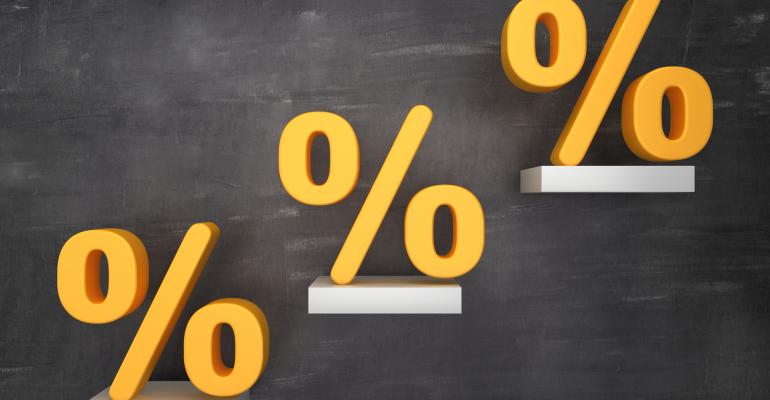Dramatic loan-rate increases since 2022 have scared off some would-be auto buyers. But relief may be on the way this year.
The higher interest rates have also spurred some consumers – who are keen on buying a car but don’t want to take on a high-rate loan – to instead pay cash up front. More about that and its effect on dealers in a moment.
The higher rates stem from the Federal Reserve pushing up the federal funds rate in an effort, largely successful, to combat inflation. The inflation rate dropped by 38.5% by late last year, says MarketWatch, a Dow Jones subsidiary.
The overall average auto loan interest rate was 7.03% for new cars and 11.35% for used cars in 2023’s third quarter, according to credit bureau Experian. (Rates vary by credit scores.)
A MarketWatch study foresees interest rates finally coming down. That’s good news in general but especially tofor the auto world, one of the most credit-driven industries.
Lower rates are expected to goose auto sales. MarketWatch says lower auto loan rates could make 2024 a good time to buy a car for the first time 2022.
The MarketWatch report cites economist James Knightley of financial services company ING who predicts the Fed will start to lower rates as soon as this year’s second quarter.
Lower APRs (annual percentage rates) would reduce overall purchase prices, but not manufacturers’ prices. MSRPs.
The average transaction price for a new vehicle in December was $48,759, according to Kelley Blue Book, which expects that to decline this year.
The higher interest rates of late have spurred some car buyers to pay cash rather than take out a loan. A recent CDK survey indicates 29% of car consumers opted to do that.
That’s particularly the case in relatively affluent markets, says Justin Gasman, head of Gasman Solutions, who is a finance and insurance trainer and a former finance director at a Cadillac-Buick-GMC dealership in Boulder, CO.
But he warns that “it’s not cash” if car consumers are borrowing from their retirement accounts or home equity.
“Where I worked, it was real cash,” he tells WardsAuto, referring to the prosperous Boulder market. “But a dealer told me that when people are tapping into their 401(k)Ks to buy a car, it’s not real cash. He calls it ‘an alternative form of financing.’ To me, borrowing against your own money is silly.”
Most car financing is indirect lending. That means dealers act as a middleman between consumer and lender. For services rendered, dealers collect a fee (usually 1% or 2% added to the loan), called a “reserve.”
Consequently, F&I managers may quietly moan when a customer pays cash for a car. It cuts the dealership out of the financing action.
But Gasman says that shouldn’t shut down resourceful F&I managers.
“The ones who rely on reserves hate cash deals because they don’t make any money off the financing,” he says. “But they shouldn’t think ‘no deal.’ They should think, ‘Now I can sell F&I products (such as extended service contracts).’”
Why does a cash deal increase the likelihood of a consumer purchasing aftermarket products and services?
“Because if a guy is handing you a $100,000 cashier’s check for a Cadillac Escalade, that’s probably not his last 100 grand,” Gasman says.





